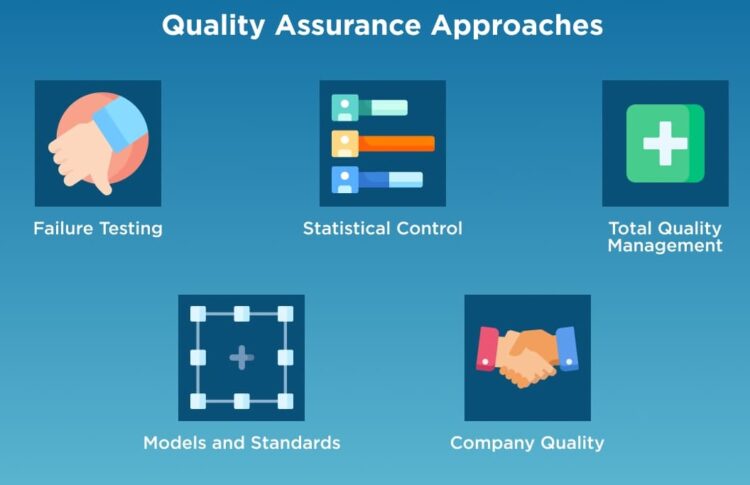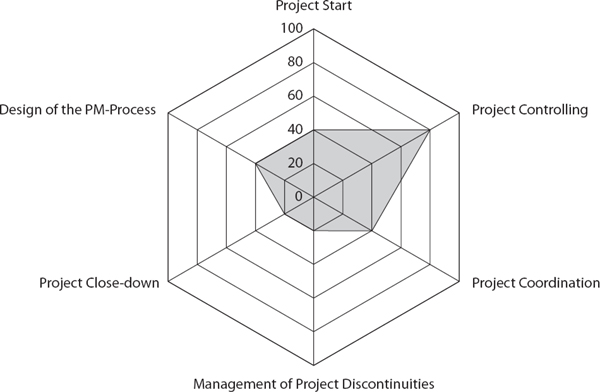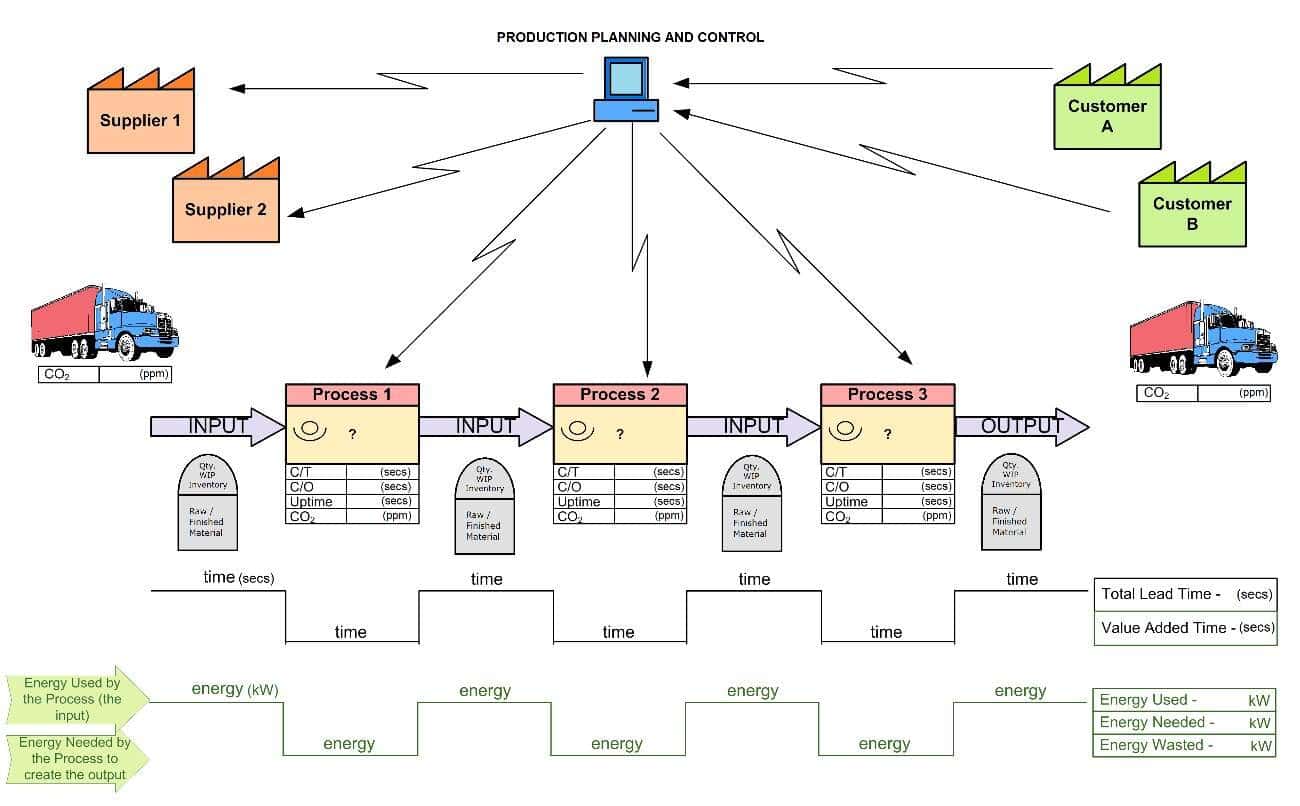A venture isn’t fruitful in light of the fact that it has been finished on schedule and inside a spending plan. There is one other factor that is basic to progress: quality. Regardless of how rapidly and inexpensively a task is finished, partners won’t be upbeat if the nature of the item or administration doesn’t live up to their desires. Along these lines, one significant technique to follow and examine the nature of the task and ensure it meets the necessities of the clients is Quality affirmation. QA according to ISO 9000 is characterized as “a component of value the executives concentrated on giving certainty that quality prerequisites will be satisfied”.… Read the rest
Operations Management
Roland Gareis Project Maturity Model
For managing the projects, project portfolios and programs, companies with project orientation have particular strategies, organizational structures, and certain cultures. The management of the programs and project provides competitive improvement for the social systems. Therefore, the organizations including nations, regions, industries are becoming more project oriented. There is an interrelationship between the outcomes of the project oriented systems in the project and their maturity state. These maturities of the project or an organization can be evaluated by different maturity models. In this article, the maturity model developed by the ROLAND GAREIS Project and Programme Management ® has been discussed.
Dr. Roland Gareis who is a university professor at the Vienna University of Economics and Business Administration, Austria. … Read the rest
Design for Manufacture and Assembly (DFMA)
Design for Manufacturing and Assembly (DFMA) method was introduced by Geoffrey Boothroyd since 1960s on automatic handling. This enables the use of gathered data of previously done mistakes, speeding up the development process and accomplishing new philosophies and technologies to further ensure that the activities that are quicker and more precise in generating results can really reach this target. All aspects of design, development, manufacturability, total parts, assembly time, cost and modularity are considered in this analytical process. This process mainly focuses on enhancing the product to allow improvements in the manufacturing, quality, reliability, cost, time to market, and many other fields.… Read the rest
Modularity – Definition and Advantages
Modularity is a degree to which a system’s component maybe separated and recombined. However, it can be used in different contexts and its definition changes accordingly. For example. In Biology, it is the concept that organisms or metabolic pathways are composed of modules. In Nature, modularity refers to the construction of a cellular organism by joining together standardized units to form larger compositions. In cognitive science, the idea of modularity of mind holds that the mind is composed of independent, closed, domain-specific processing modules, etc. But here we will be concentrating on Modularity in operations management, which refers to an engineering technique that builds larger systems by combining smaller subsystems.… Read the rest
Energy Value-Stream Mapping (EVSM)
A typical Value Stream Mapping (VSM) tool classifies the various industrial processes into value adding and non-value adding with a goal to identify and eliminate the non-value added (waste) activities. Based on the concept of Value-Stream Methodology, Energy Value-Stream mapping (EVSM) is being developed where energy components along with cost are added to evaluate with respect to time.
Energy Value-Stream mapping (EVSM) identifies the level of energy utilization and wastage in each step and hence determines the opportunities for energy conservations. Implementing this tool by incorporating electrical energy and fuel consumption provides with an ability to view the impact that process improvements have on reducing energy consumption and vice versa.… Read the rest
Improvements In Productive Flow And Product Quality
The main objective of any business is profit making which it derives by making its products and services available to people. The business models therefore, can be described as value propositions for various stakeholders for which the management evolves strategies and methodologies to create goods and services in some particular arena and delivers the same to the desired target group or customers. It explains how the business would function, identify the goods and services that would be produced for identified customers, ensure the viability of the objectives and goals of the business to deliver values based services. In the contemporary environment of highly competitive business, innovative managerial practices become critical for increasing profitability without major capital investment.… Read the rest




